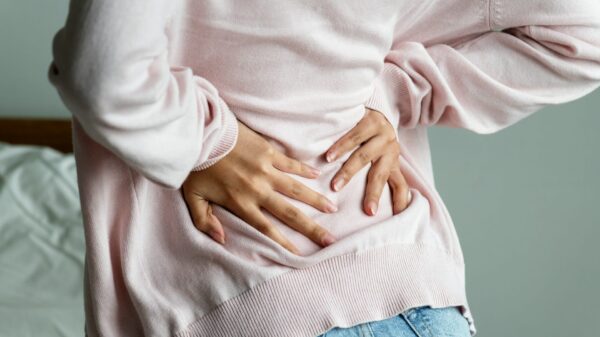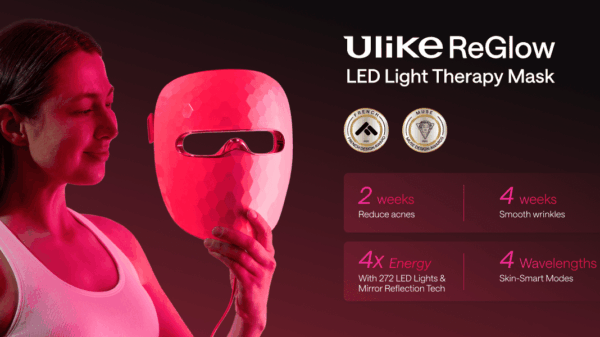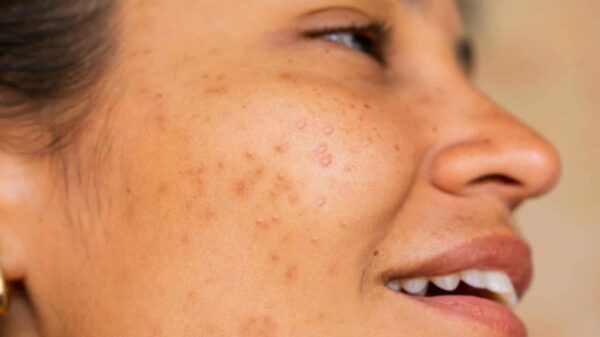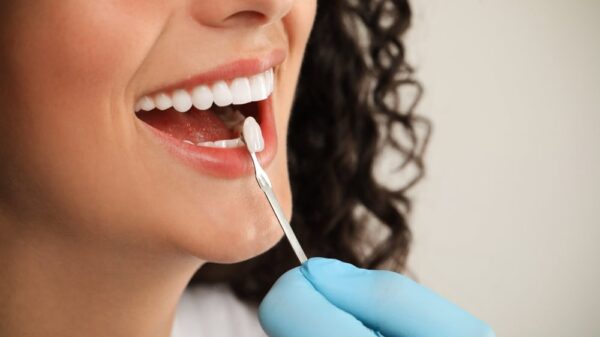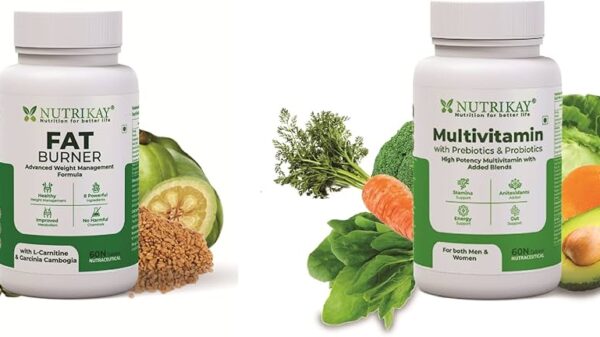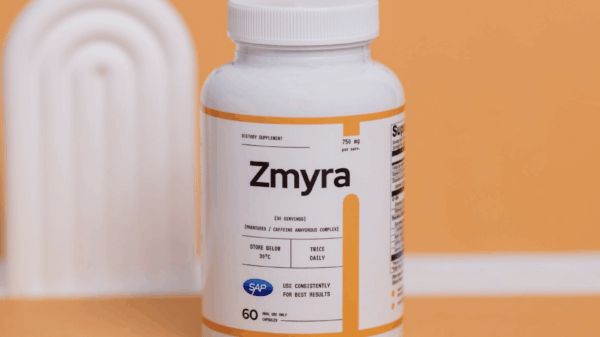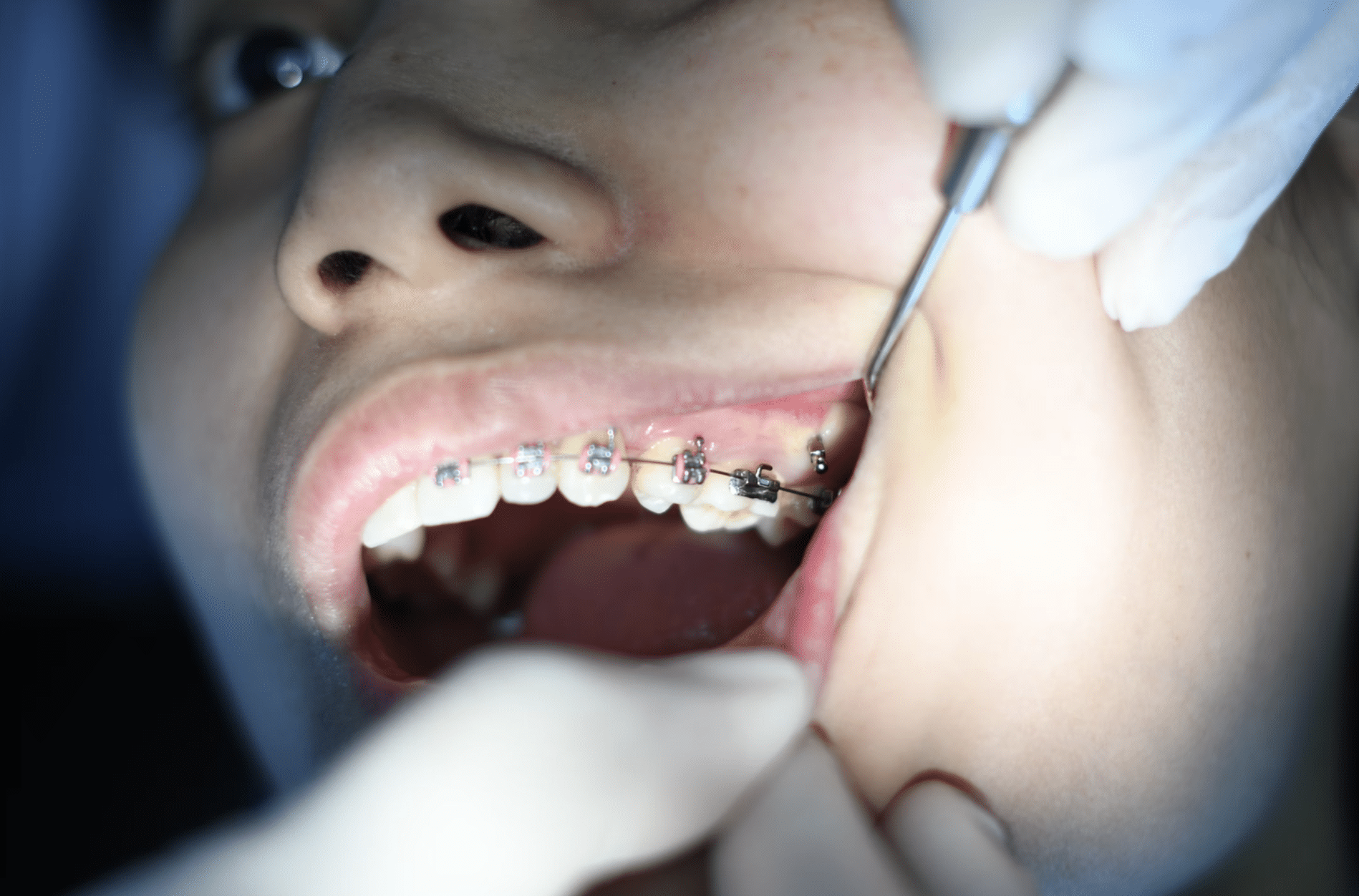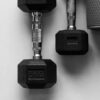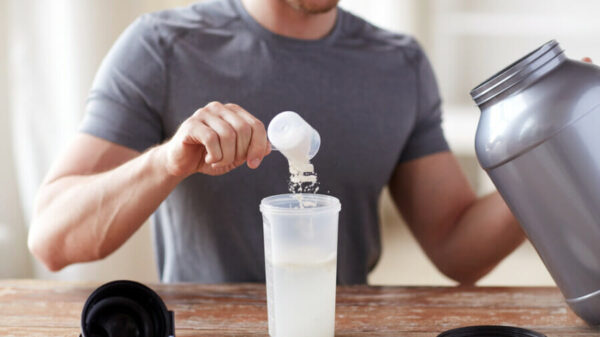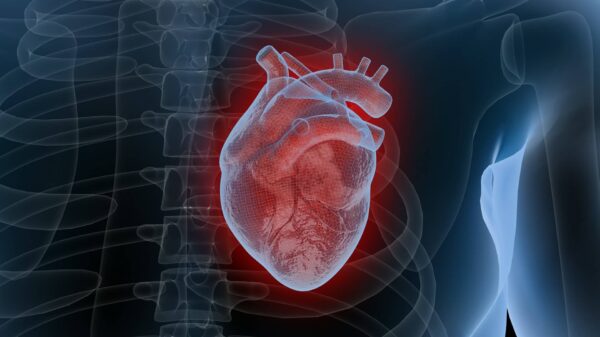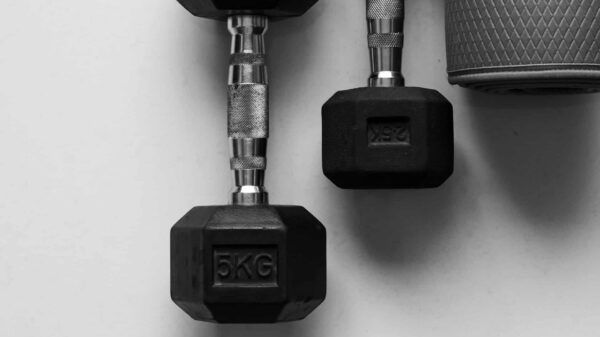You may have just had a tooth removed or completed another dental procedure, and you’re probably experiencing soreness, swelling, and numerous questions. It’s entirely normal to feel uneasy about your dietary options during this time. The good news is that choosing the right foods can significantly aid your recovery.
By focusing on soft, nutrient-rich meals and ensuring you stay hydrated, you’ll provide your body with the essential elements it needs to heal effectively. In this article, we’ll explore gentle foods that promote recovery in the initial days, discuss the challenges you might face on day three, examine the timeline for returning to your usual diet, and illustrate how appropriate foods bolster your healing journey.
Selecting Comforting Foods to Aid Your Recovery
In the first few days following your procedure, prioritize easily consumable foods that require minimal chewing. Consider blended smoothies made with creamy yogurt and soft fruits like bananas or berries, as these are nutritious and easy to swallow. A warm bowl of soup, such as pureed vegetables or a gentle chicken broth, can be soothing and hydrating.
Choose soft proteins like scrambled eggs, cottage cheese, and mashed avocado. These options provide energy and help rebuild tissue without causing discomfort to sensitive gums. Even simple meals like well-cooked porridge or creamy mashed potatoes can keep you nourished as you progress through your recovery, keeping you strong with each passing day.
Navigating Your Day-Three Discomfort
You may find day three to be more difficult than the previous days, which is completely normal. At this point, the anesthesia tends to wear off, allowing you to feel every ache, and swelling often peaks, heightening discomfort.
It can be discouraging to experience pain when you expected to be feeling better, but remember, it’s typically a sign that your body is actively working to heal. Continue consuming gentle foods, take it easy, and reassure yourself that this phase is temporary and will subside soon.
Gradually Returning to Your Favorite Foods
After about a week, you might feel ready to try semi-solid foods. Begin with softer options that are still somewhat hearty, like mashed potatoes with gravy or well-cooked pasta. If you tolerate those, you can consider adding tender pieces of fish or shredded chicken, as well as soft-cooked vegetables. Make sure to chew on the opposite side of your mouth if necessary.
By the two-week mark, most individuals are typically able to return to their normal diets, although healing times can vary. Even at this stage, continue to steer clear of anything excessively crunchy, chewy, or spicy until you are entirely pain-free. Always listen to your body—if something causes pain, take a step back and allow yourself more time to heal.
Feeding Your Body for Optimal Recovery
Think of food as vital fuel for your recovery process. Your body is diligently working to generate new tissue and reduce inflammation, so it needs extra energy and nutrients. Protein is especially critical, as it provides the building blocks (amino acids) necessary for repairing your gums and bones. Soft protein options like yogurt, scrambled eggs, or even mashed beans in a soup can help speed up this repair.
Incorporating fruits and vegetables into your meals, such as pureed sweet potatoes or a blended berry smoothie, can enhance your immune system and support the production of collagen—a key component in binding tissues together.
Even if your appetite isn’t great, try to include a source of protein alongside colorful fruits or vegetables with every meal. Each nutrient plays a role in your recovery. For instance, vitamin C-rich foods (like berries or citrus) aid in collagen formation in your gums, while minerals such as zinc (found in beans or seeds) boost your immune response.
Preventing Common Dental Issues After a Procedure
Dental professionals stress the importance of careful post-procedural care in preventing complications from improper aftercare.
While managing your discomfort is essential, this is also a period when you are most vulnerable to complications—you definitely want to avoid an emergency dental visit.
One of the most preventable problems is a dry socket, particularly after a tooth removal. This occurs when the protective blood clot becomes dislodged prematurely, exposing nerves and bone, which leads to pain and delays in healing.
To prevent this, avoid using straws, forceful spitting, or smoking, as these actions can create suction that displaces the clot. Starting day two, focus on gentle rinsing with warm salt water (unless advised otherwise by your dentist) and be mindful not to disturb the area with your tongue or toothbrush.
Maintaining oral hygiene is vital, but do so gently. Use a soft-bristled toothbrush to clean around the extraction site—not directly on it—and take your time. Vigorous brushing or excessive rinsing may irritate the area. Even though it might be tempting to look in the mirror or poke around, resist the urge. Your mouth is working hard to heal, and even small irritations can lead to swelling or infection.
If you notice that swelling worsens after day three, experience intense throbbing pain, or observe a foul taste in your mouth, these could be early signs of an infection. Don’t ignore these symptoms; contact your dental office promptly. Addressing issues early is always preferable to dealing with a full-blown dental emergency.
Ultimately, the secret to recovery lies in respecting your body’s healing timeline. By caring for your mouth during this sensitive period and providing it with a calm, clean environment to recover, you’ll not only aid in your own comfort but also ensure the best outcome from your procedure. Remember, consistent, gentle habits can make a significant impact on your healing process.




